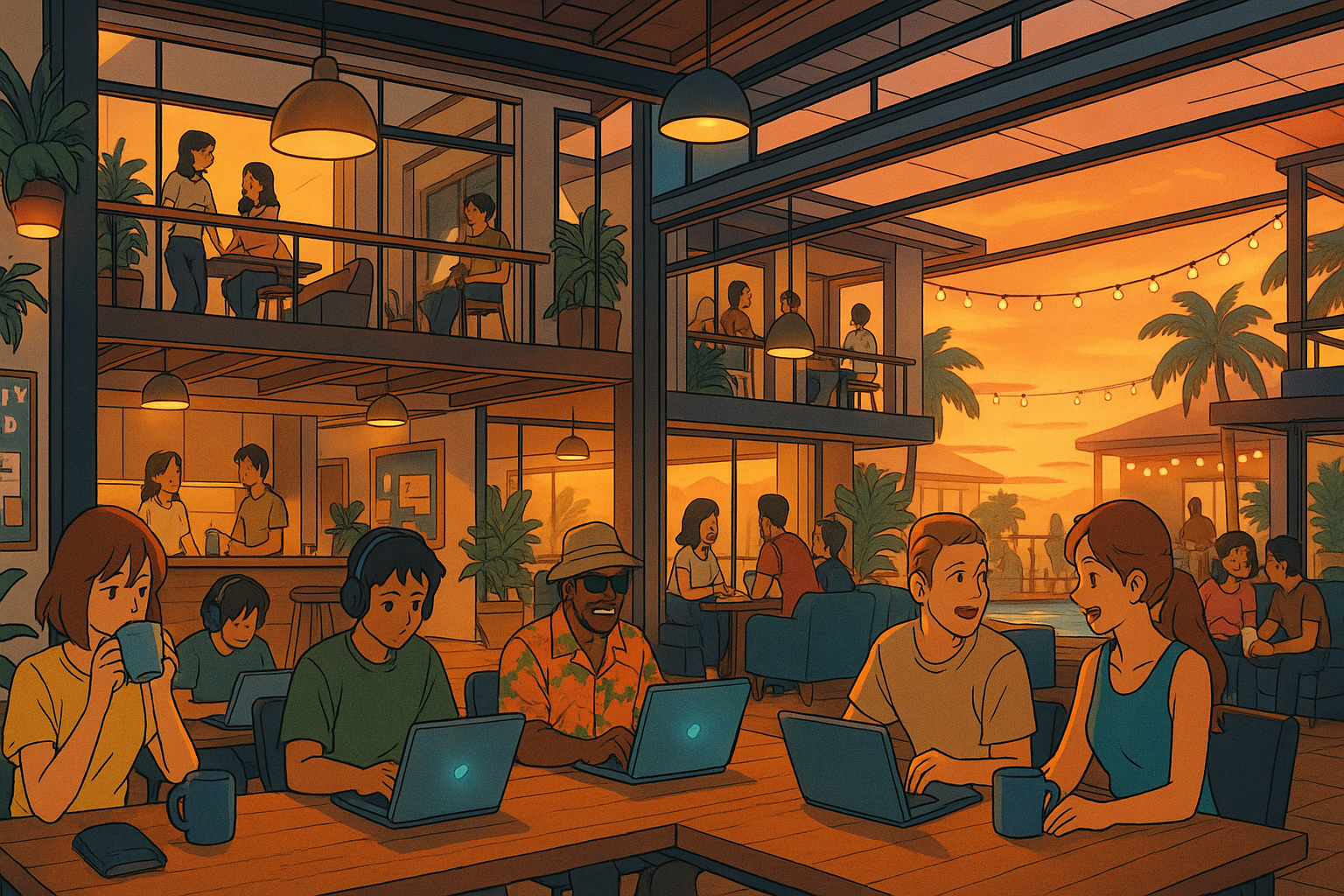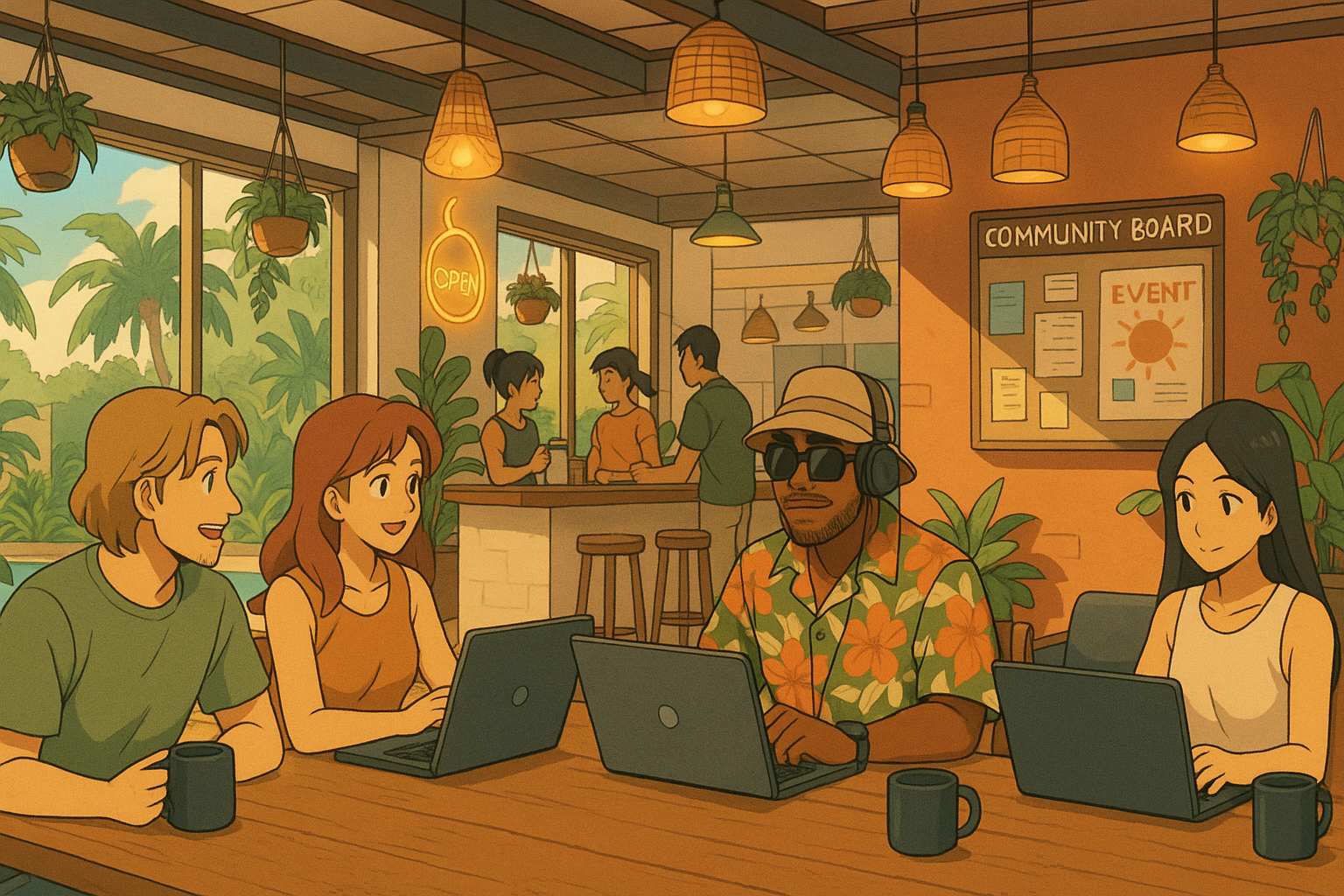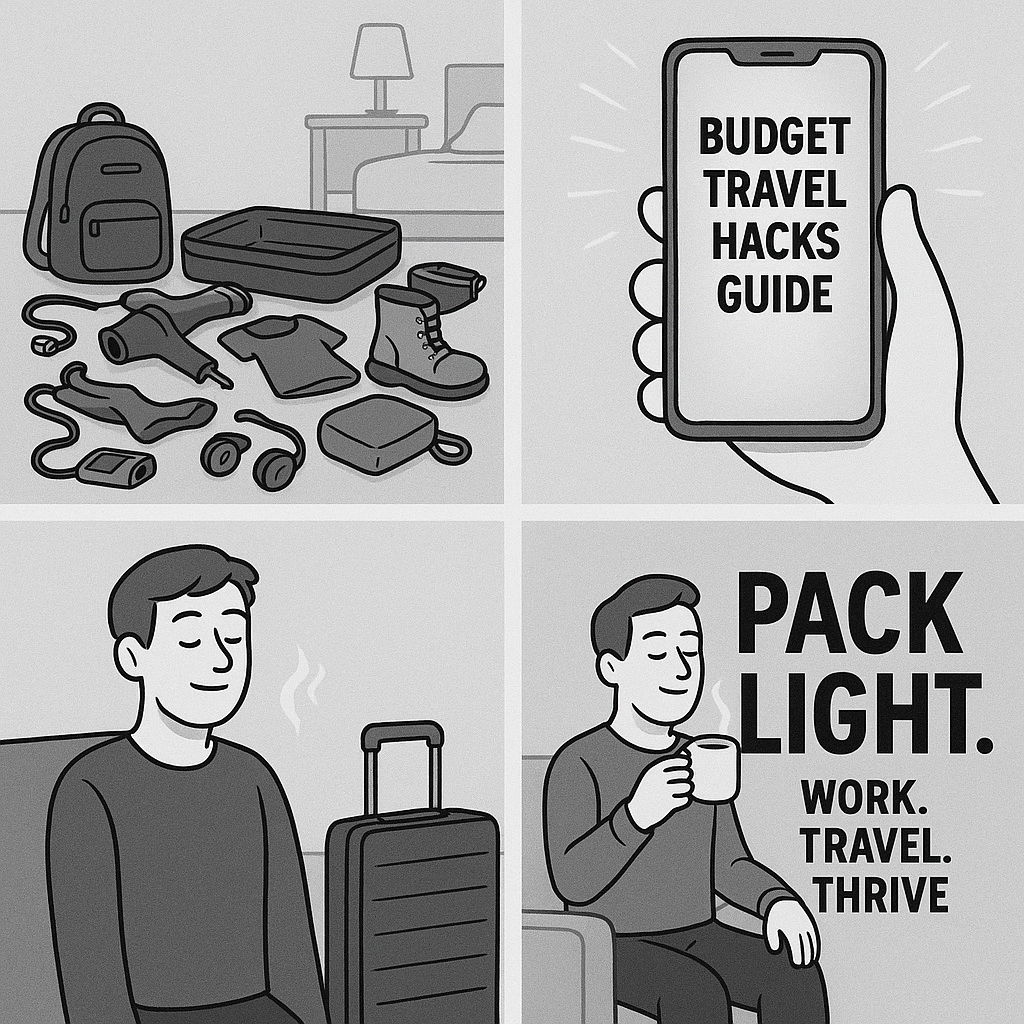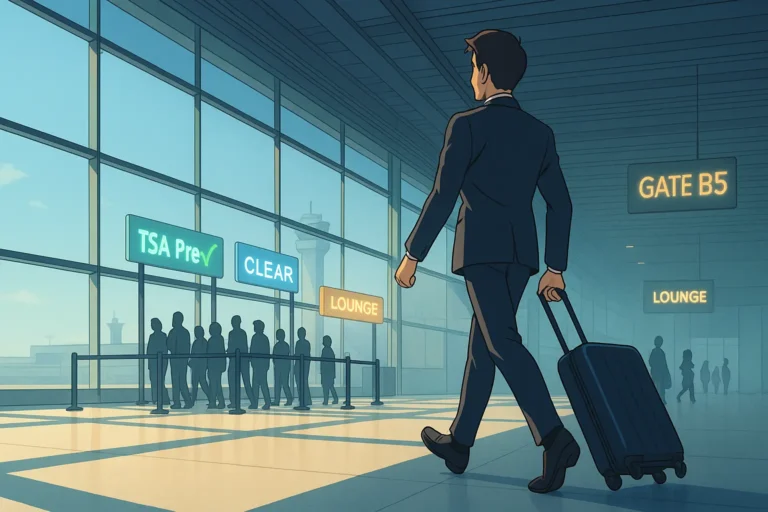Remote Work Mastery: 7 Bold Ways Social Hubs Replace “Rent‑a‑Desk”
What began as simple shared offices has become a lifestyle movement. Today’s best social hubs blend work, living, wellness, and culture under one roof. Here’s how the model evolved—and what to look for next.

The traditional coworking model is evolving fast. What began as a simple “rent‑a‑desk” concept has transformed into a global movement that merges lifestyle, community, and work. As the digital economy matures, professionals no longer want just a desk—they want connection, wellness, and culture.
From Desks to Destinations: The Origins of Coworking
The first coworking spaces were built around flexibility and affordability—professional space without long‑term leases. Shared offices offered Wi‑Fi, coffee, and community events. As remote work exploded, demand shifted toward richer, more immersive environments that deliver experience, not just efficiency.
Why Community Became the Core of Coworking
Coworking 2.0 introduced something deeper: belonging. Members didn’t just want quiet desks; they wanted meaningful interactions. Events, mentorship programs, and social mixers transformed coworking from real estate into culture. Spaces with active communities retain members far longer than traditional office rentals—community is currency.
The Rise of Coliving: Blurring the Lines Between Work and Home
Coliving is the natural extension of coworking. Instead of separate leases for apartments and offices, nomads and freelancers opt for integrated setups. Brands like Selina, Outsite, and Roam pioneered this model, combining accommodation, coworking, and cultural experiences under one roof.
Coworking 3.0: The Era of Social Hubs and Mixed‑Use Ecosystems
- Café + cowork + wellness studio + rooftop lounge + coliving units
- Design around human experience to foster creativity and mental health
Selina
Coworking meets boutique hospitality in 100+ locations.
Outpost Bali
Coliving + coworking + adventure travel.
The Collective London
Skyscraper dedicated to shared living and working.
Hubud (Ubud)
Bamboo‑framed pioneer that sparked mindful productivity.
How the Pandemic Accelerated the Shift
Remote work went mainstream overnight. People sought flexible, social environments balancing safety with connection. Outdoor areas, air quality, and mental health became priorities—wellness turned into workplace infrastructure.
Designing the Future: Key Features of Next‑Gen Spaces
- Biophilic Design: greenery and natural light reduce stress and boost productivity.
- Smart Tech Integration: keyless entry, booking apps, and IoT climate control.
- Wellness Zones: meditation pods, fitness studios, and mental‑health programs.
- Community Programming: dinners, workshops, and local partnerships that create real belonging.
The Economic Advantage of Mixed‑Use Models
Combining coworking and coliving is both profitable and sustainable. A single property can host daily, weekly, or monthly memberships, creating recurring revenue while minimizing vacancy. Cities benefit too—digital nomads contribute meaningful local spending, revitalizing smaller towns and emerging destinations.
Technology, Automation, and AI in the Coworking Evolution
Automation powers member onboarding, access, and engagement. AI tools manage bookings, optimize occupancy, and suggest collaborations. Smart apps analyze usage to balance quiet zones, recommend focus hours, and enable global connections.
Sustainability and Local Integration
Shared kitchens reduce waste, solar panels power common areas, and locally sourced materials cut carbon footprints. Many hubs collaborate with nearby communities, hiring local talent and hosting cultural events that enrich both nomads and residents.
The Future: Nomad Villages and Decentralized Communities
Long‑term, purpose‑driven communities in Portugal, Croatia, Costa Rica and beyond are pioneering the next phase. These hubs attract digital citizens who value sustainability, collaboration, and personal development.
Your environment shapes your output—choose communities that help you grow.
Final Thoughts
Coworking and coliving are reshaping how we think about work, housing, and connection. The future of work isn’t renting desks—it’s joining global communities built around purpose, creativity, and collaboration.







